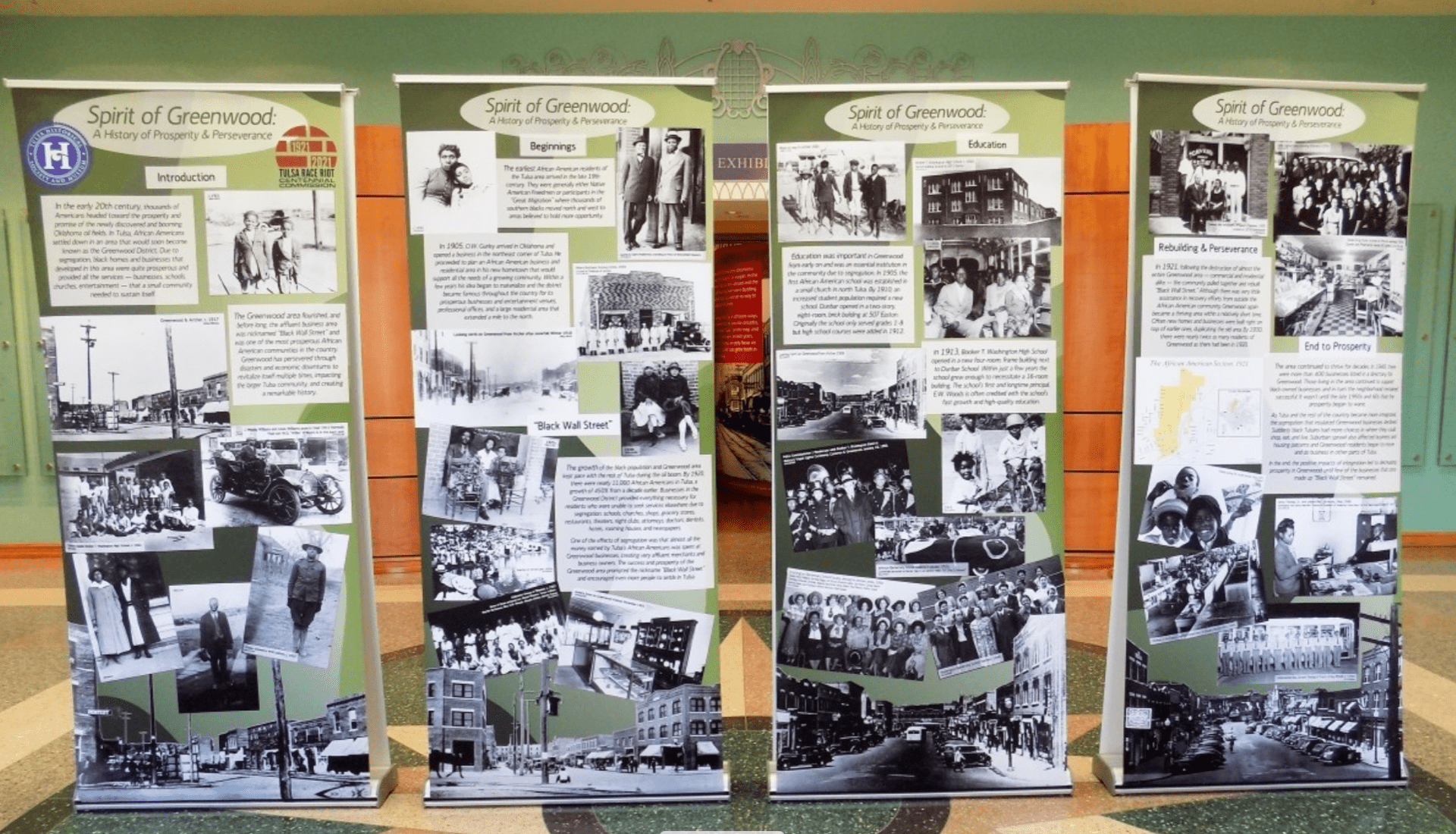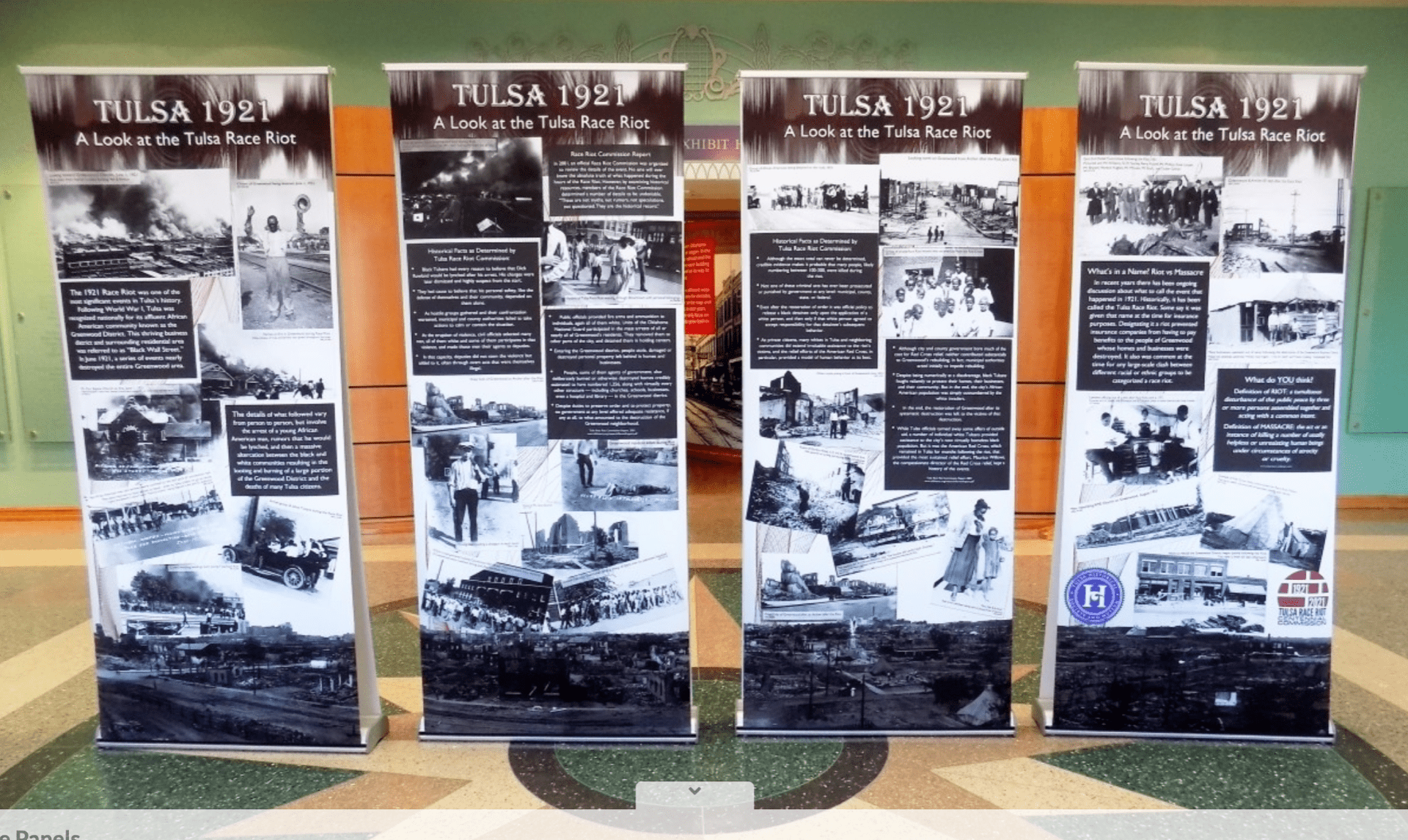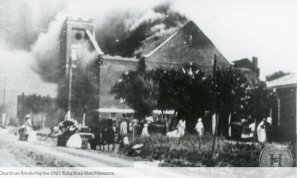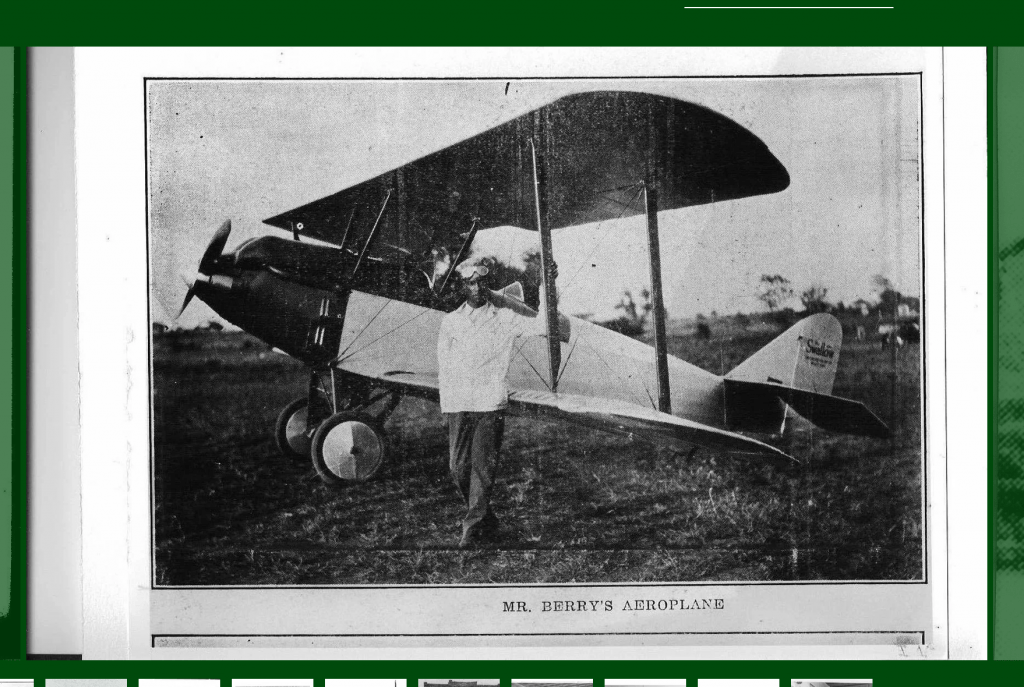

Guided Inquiry Design was created out of the collaborative efforts of three different perspectives on education.
Because of the museum educator, Ann Caspari’s, contribution to the work and our thinking, we have carefully considered how and when to include community resources in the learning sequence during a Guided Inquiry Design unit. Many teachers choose go to the museum as a way to take a break from school learning and have an experience, or to celebrate the end of a unit of study.
The authors of Guided Inquiry Design recognize the great power of le arning from experience. Because of our grounding in constructivist learning principles, Deweyan philosophy of education, and our museum educator on the team reminding us of the high quality experiences our informal learning spaces within the community and world.
arning from experience. Because of our grounding in constructivist learning principles, Deweyan philosophy of education, and our museum educator on the team reminding us of the high quality experiences our informal learning spaces within the community and world.
In GId we encourage the use of museum experiences, field trips, museum trunks or traveling exhibits, expert lectures. But we have a different idea about WHEN those things are best planned. In the GId Process rich experiences like museum visits, nature walks and experimentation occur EARLY in the learning sequence. In-depth experiences in the Immerse phase gives students strong anchor points for the learning to come. When this happens students have questions about the experience from a first hand perspective. As a result, they ask more interesting questions, relate new information and ideas to their own knowledge, and connect to the community. as well as provide all students common experiences from which to draw upon as they progress through the inquiry phases.
In this unit, the documentary described in the last entry provided one central anchor point for the students. After they had that background about the events in Tulsa. The team brought in community resources to add depth to the video and conversation in the Immerse phase. Some of the resources available are listed below. Carol Jones, the school librarian on the learning team, ordered the panels from the Tulsa Historical Society, picked them up and brought them to the school so ALL students could have the experience, knowing that a field trip cost might inhibit many of the students from attending. Providing equity in access to high quality materials and learning experiences like this, is another important aspect of culturally responsive teaching.
The panels from the Tulsa Historical Society are powerful. On one side, (image below) they show what the people of Greenwood looked like in the height of the thriving community. It shows “the spirit of Greenwood” showcasing businesses, the people, their belongings, how they dressed, and what the town looked like. 

On the other side or next set of panels the massacre is shown (image above) in great contrast to the happy images of people before the riots. The juxtaposition of the images makes for a moving exhibit and offers a way into more conversations and interpretation of just what happened.
The team used the Visual Thinking Strategy to help students analyze certain images and understand the event from new perspectives, drawing in the people from the past with empathy through the images. The librarian explained that the images of the people lost made such an impression on her and that was one reason why the team was compelled to teach this unit. They felt an obligation to honor those lives lost by telling the truth and giving their students ways to process the information and act in their lives.
Here are some of the other rich resources on the Tulsa Massacre that the team used in the Immerse Phase. These are openly accessible to all people as they are digital resources so anyone, anywhere can take advantage of the resources local committees and historical society groups created to mark the event and honor the lives lost.
The link takes you to an 18 page informational text with facts, photos and an educational guide including ideas about collecting oral histories, comparing race “riots” and taking a stand on a controversial issue as well as a glossary of terms and long list of references and links to other materials.
Includes facts and information including some powerful black and white images.

They have some thought provoking questions including asking people to consider- Was it a riot or a massacre? They provide definitions and let the reader decide what it should be called.
Including information and a photo gallery showing the people of Greenwood, the town that burned on that day.

The Greenwood Cultural Center also offers this 7 minute video from CNN about Black Wall Street.
The use of community resources in this unit was exemplary. We detail it here with hopes that you might think about the resources in your community that you could tap into for units of local relevance. We also include them so that you might learn about this event in US history that was so long forgotten. With the anniversary of the event coming this year, it might be a good time to share it with your students. When we learn about the hard truths from the past, we can learn from them, and move forward with new understanding to a brighter future.
Leslie Maniotes, PhD
Author Guided Inquiry Design